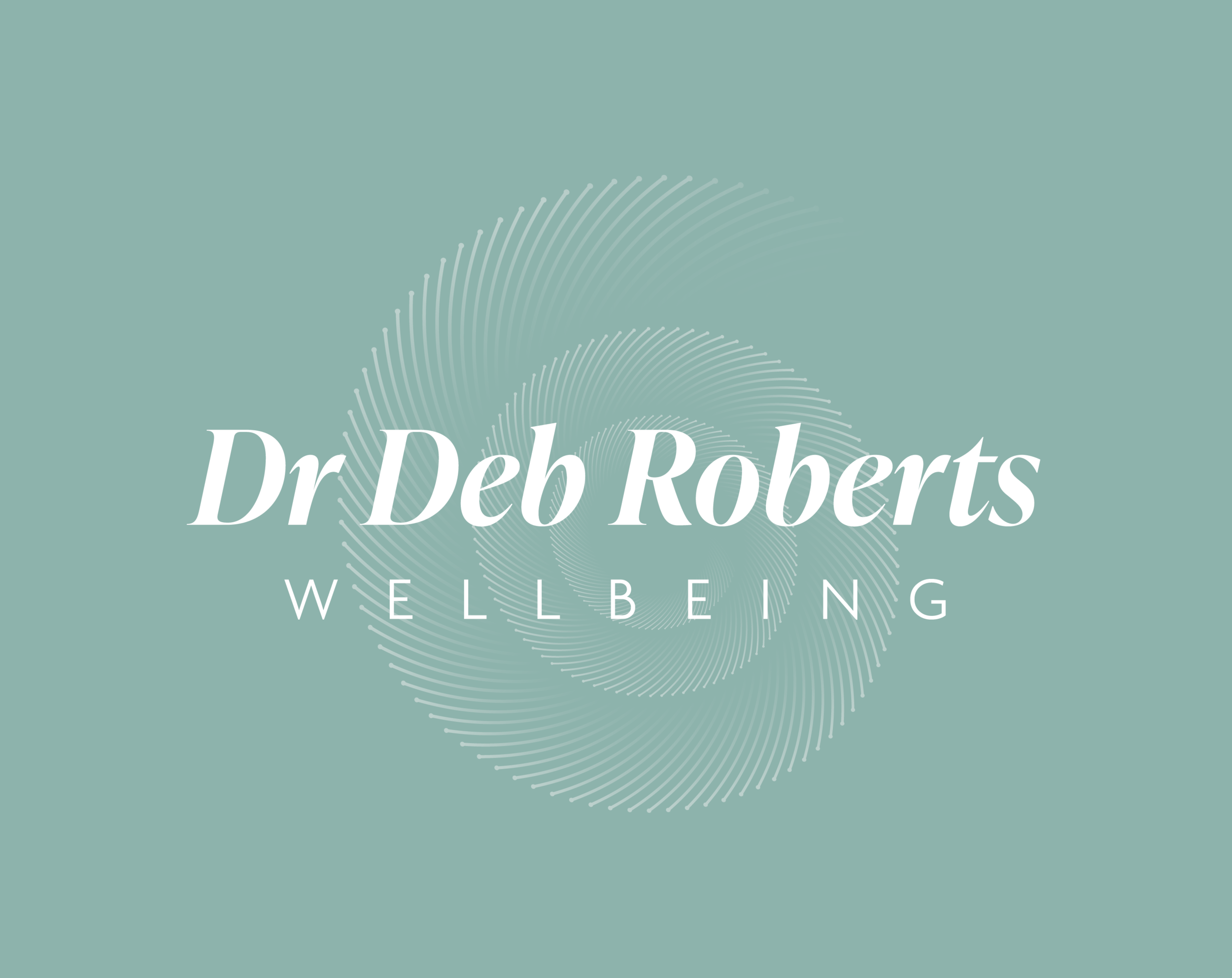An opportunity for growth by Deb Roberts
I’ve recently had the pleasure of working with a cohort of primary school students aged 7-10 (years 2, 3, and 4). They've been part of what is called the SOS-Care program (SOS stands for Support Our Self).
The program is designed to build skills in resilience and emotional regulation and in this instance it catered for small groups of students, in order for sufficient guidance and attention.
The range of students attending was initiated by their school’s executive management, their year level teacher recommendations and their parent’s consent.
All of the students have been identified as students who would benefit from such a program due to social emotional and/or behavioural challenges.
It was initially a 4-week trial that has now been extended into another 6-8 weeks in term 3 to further see how this program will support and add value to the school’s existing curriculum.
There are generally 4 themes to the program which include:
· All feelings are OK
· We can notice our feelings and let them go
· Our feelings can and do change
· We can safely accept and challenge ourselves
In order to create a safe space, when the students meet for their SOS-Care session, there is a clear structure in place so everyone understands the expectations when they enter the classroom.
Choice is built into the program each week. If they don’t want to participate in the activity they don’t have to and are encouraged to do something individually as opposed to with the group and come back into the activity when they are ready.
Because part of the program is identifying a range of feelings that all humans feel (and are all normal), there is an opportunity to indicate how they feel before they start the session’s main activities and again at the end of the session.
They have a journal for the duration of the program and draw, which they write and paste in various activities, and they also take it home at the end of the program.
They have a sheet that they paste in their journal and circle from a range of faces how they feel (i.e. excited, happy, worried, angry, sad, etc.) or they can draw in their own and identify the feeling they have as they enter and leave the classroom. (See the Blog post images an example).
We often begin by smelling a variety of essential oils that are calming and others that are energizing, they may choose to put them on their wrists (or not!).
Allowing the students to have freedom and some flexibility while still within a clear structure that they must respect and follow is part of the program’s process and potential value.
This value was illustrated by one child who took my breath away when he shared with me something profound…
The child that I’m thinking of had difficulty with some of the physical activities initiated by his peers in one class.
He gave up easily, was irritated and just kept saying ‘this hurts’ or ‘that hurts’ when given a physical challenge, all of which were part of a simple game.
Even when he was able to do one of the physical actions really well and was given validation, he still complained.
The rest of the session he goofed off and was not able to focus or participate in a genuine way.
So when he came back another week, I revised the structure of the class and allowed him some more freedom.
He found an instrument to explore (a piano) and I left him to his own devices while other students chose other activities.
After a few minutes, I came over to him and inquired what he was doing as he was looking especially content, repeatedly playing one of the black keys and occasionally the white key next to it.
He responded articulately that ‘I am calming the light’ and then he proceeded to ask whether I knew that ‘light travels through rain and that is what makes a rainbow.’
He then said that what he was playing on the piano and that reflecting upon a rainbow made him feel particularly calm. Ta dah!
I cannot tell you how fascinated I was that this child, who had had such difficulty the week before, was able to find, explore and feel a sense of calm through self-initiation.
To understand the effects of the activities on the thoughts and the feelings of the participants, and to allow them to do the same, ‘circle time’ is built into each session. Everyone who wants to speak can. And we often have a discussion about a certain theme/topic and everyone listens to everyone else.
One of the other key pillars of this program is to teach participants how to notice reactions and responses to triggers and the opportunity to change these and evolve them (even incrementally).
As the program progresses, we are all learning about one another and our opportunities for physical, mental and emotional growth.
I am very much looking forward to seeing what the program participants experience in the next part of the extended program and to hear from their parents and their teachers on how the SOS-Care program sessions are benefiting their well-being and lives more broadly.
Dr Deb Roberts is a passionate advocate for public health and personal well-being. She, provides professional development services in the area of self-care and well-being for schools, corporates and individuals. Her vision and mission is to normalise discussions about mental health to support optimum well-being.

